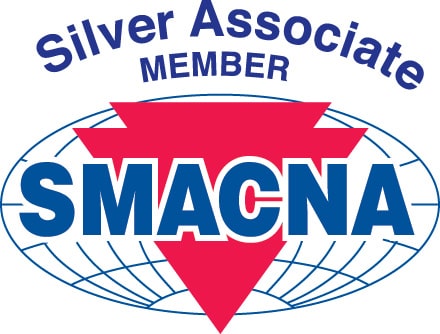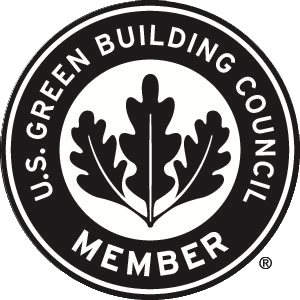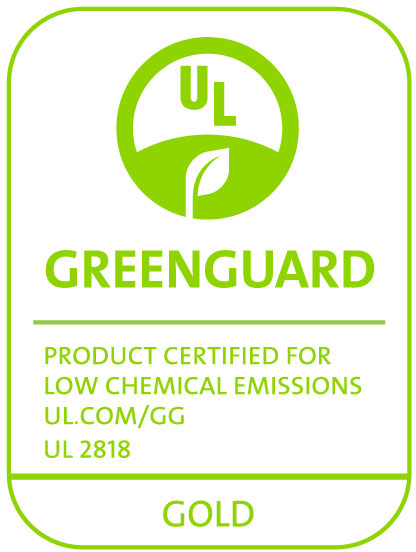Refrigeration systems present some of the toughest refrigeration pipe insulation challenges of any mechanical system. Supermarkets, beverage-dispensing lines, food processing, ice rinks, cold storage, etc., rely on insulation to prevent heat gain and control surface condensation, both of which put refrigeration systems at risk.
Refrigeration applications encompass a variety of operating temperatures, piping materials, space and environmental conditions, refrigerants and fluids – all of which impact refrigeration pipe insulation selection.
AEROFLEX EPDM™ closed-cell elastomeric refrigerant pipe insulation is capable of meeting all of these demands and conditions. The extremely low permeability, closed-cell structure, built-in vapor retarder and durability of EPDM rubber make AEROFLEX a reliable solution for these demanding applications.











